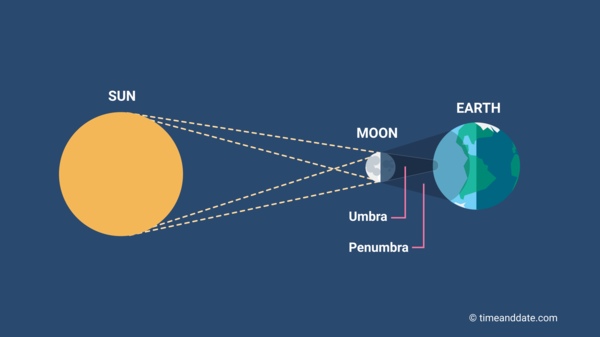We’ve all been told when we were children to NEVER stare directly into sun. Whether it be our parents, teachers, or someone on tv, right before we were sent out to get our daily exercise, we were made sure to know to avoid making eye contact with that big, bright, bulb in the sky.
But what about when it’s covered? When I first learned about solar eclipses in Mrs. Montano’s 3rd grade science class, being the cunning 10 year old i was, I knew that I had found a loophole that allowed me to stick it to the the adults—you sure can stare directly at the sun! It just has to be during an eclipse. Or so I thought… well technically I wasn’t wrong. Let me explain.
First we must understand that not all solar eclipses are the same. There are 3 main types of solar eclipses: total, annular, and partial. What differentiates the three are the kinds of shadow the moon places on the earth depending on the moon, earth, and sun alignment and distance.
I thought that since the harm from looking directly into the sun was because the powerful sun rays was too strong for your eyes to handle, some “shade” from the moon would cause some sort of buffer that would make it perfectly safe. WRONG… because even though the sun will be blocked, it doesn’t eliminate the solar radiation from the parts that aren’t covered. On top of that, our eyes uses lenses to see, and much like a magnifying glass they are able to focus the remaining rays of light cause damage. What type of damage you ask? Oh just a little something called solar retinopathy. This “eclipse blindness” has no treatment and can lead to blind spots, decrease in vision clarity, and forms of color blindness.
But like I mentioned earlier, solar eclipses are not created equally, and this is where I might have found my loophole. Without a doubt, there is absolutely no time during an annular or partial solar eclipse that you should be looking at the sun without protection. With that being said, during a total eclipses something special happens. For about a 2 minute period during the span of total eclipse at a very specific location on earth, the moon is positioned so that its shadow blocks the entire disk of the sun.
An umbra is the type of shadow that the moon can only produce during a total solar eclipse, and as the picture shows, the umbra only covers a fraction of the earth’s surface area. And for those 2 minutes, those lucky enough to be where that tiny dot will be located, although still risky, will be able to star directly at the sun without protection. But at that point, are you really starring at the sun?
If you’re like me and missed the first time a total eclipse was visible from the United State back on August 21, 2017 since 1979, no worries, we can relive that moment together without having to worry about going blind.
